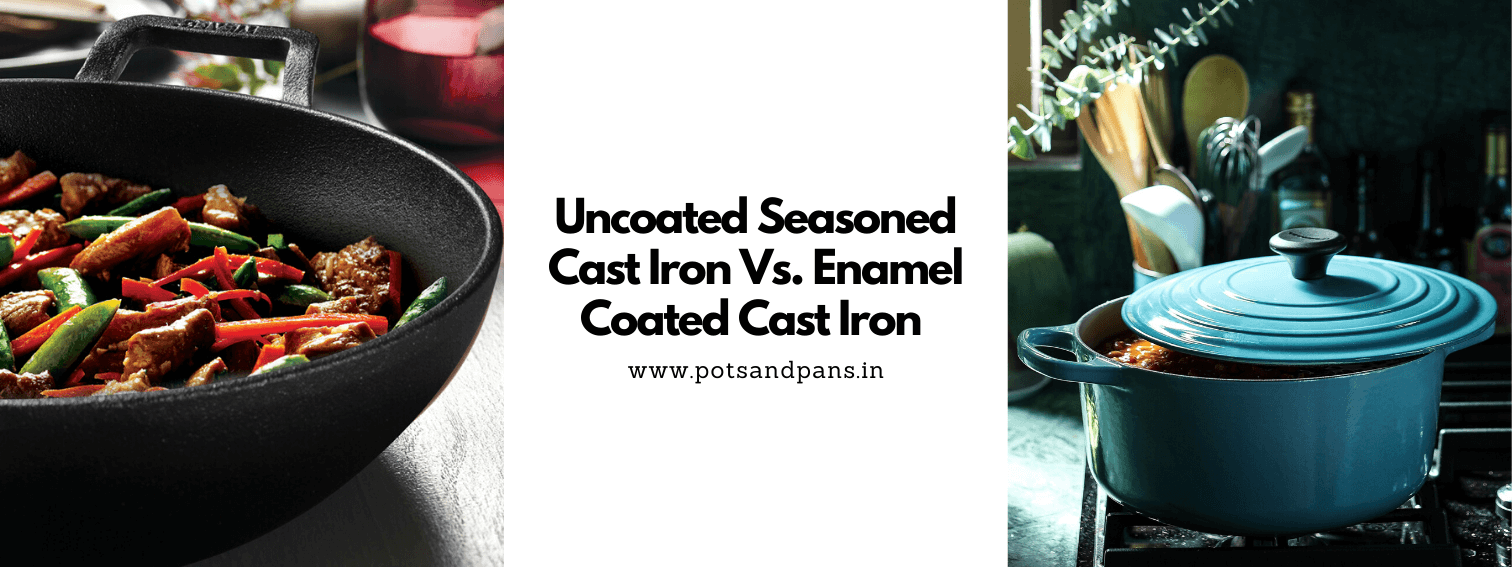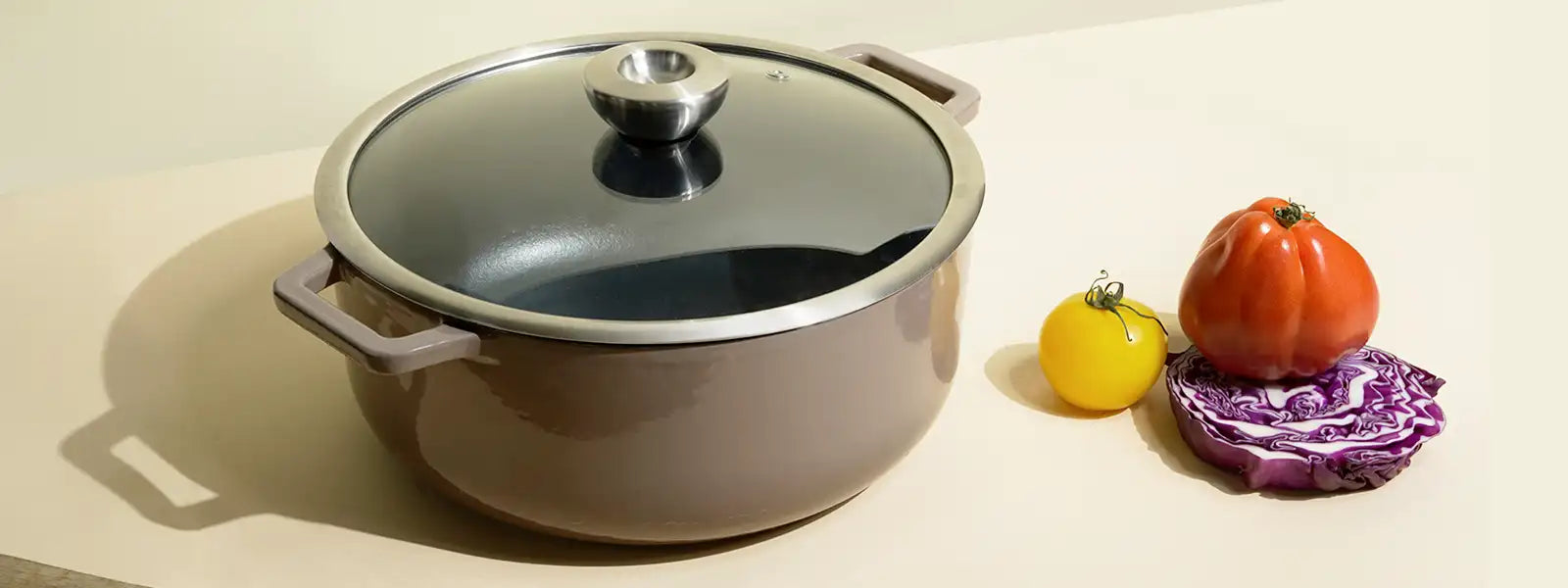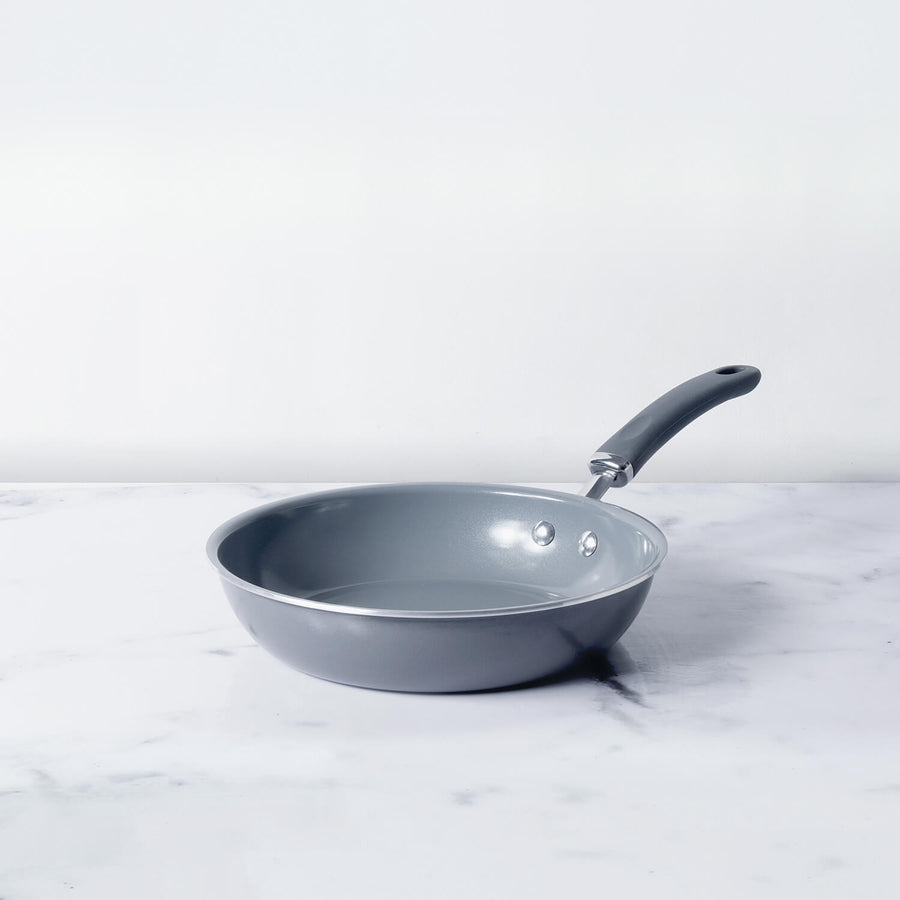A sedentary lifestyle, bad eating times and habits, lack of physical activities and stress have made the digestive system less effective and gut health worse overall. Because of this, people have problems with gas, abdominal pain, bloating, indigestion, diarrhoea, and even their skin, hair, sleep, and mental health are impacted. Ayurveda, a traditional healing science that has been around for 5,000 years, says that the digestive system is more than just a way to break down food and get the energy and nutrients our bodies need. It is also a key to living a long, healthy life.
The things we eat or include in our daily diet play a significant role in managing autoimmune disorders, behavioural problems, inflammatory problems, and allergic conditions. Because of this, digestion has a strong hold over the hormonal, nervous, and immune systems. And because of this, increasing numbers of people are eating healthier foods like fruits, vegetables, spices, and herbs to keep their digestive fire in check and take care of all their other health problems. Nagarmotha is an amazing ayurvedic herb that has been recommended by Ayurvedic doctors since ancient times.
Table of Contents
About Nagarmotha
Basic info about Nagarmotha:
- Hindi Name : Nagarmotha
- Sanskrit Name : Mustaka
- English Name : Nut Grass
- Latin Name : Cyperus rotundus Linn Pennel
- About Nagarmotha:
What is Nagarmotha?
Nagarmotha is a perennial ayurvedic herb with the botanical name Cyperus rotundus. It is a member of the sedge family, or Cyperaceae, and is related to Cyperus esculentus, which is also known as the tiger nut or chufa. Nagarmotha is thought to be one of the most invasive and pestilent plants in the world. It infects more than fifty different types of crops around the world, which is why it is called "the world's worst weed." It likes moist or well-watered, light sandy and medium loamy soils that are acidic, neutral, or alkaline. It does best in gardens, lawns, fields, and waste lands.
Nagarmotha is a colonial plant with fibrous roots that usually grows between 7 and 40 cm in height. They have tubers, basal bulbs, rhizomes, and fibrous roots that they use to make more plants. In the beginning, these rhizomes are white and fleshy, with scaly leaves. Later, they become wiry, fibrous, and dark brown. The rhizomes of these plants don't grow in any particular direction. The ones that grow up and reach the soil eventually turn into large structures that are 2 to 25 mm in diameter. These structures are called "tuberous bulb," "basal bulb," or "corn," and they give rise to roots, shoots, and other rhizomes. But the ones that grow sideways or down make a chain of tubers or just one tuber.
The leaves that grow from the plant's base are usually dark green, shiny, and narrow. The leaf sheaths, on the other hand, are tube-shaped and made of a thin membrane. The flowers are on tall, smooth, triangular stems that hold them up. Each flower has three stamens and a pistil with three stigmas. They grow in spikes with 3–8 spikelets, called compound umbels. Fruits are made all year long, but especially during the monsoons. The seeds are triangular nuts or three-angled achene (nutlets).
Formulation containing nagarmotha:
Nagarmotha is a one-stop herb for many health problems because it has a lot of biochemical components and powerful healing properties. Whether it's in the form of churna, kwath, gutika, lehyam, rasa, or tailam, all of these can be used to get the magical benefits of Nagarmotha. Mustakarishta is a great ayurvedic medicine that has Nagarmotha or Mustak in it.
Use of nagarmotha in Ayurveda:
In Ayurveda, the root and root powder of Nagarmotha are used to treat a wide range of illnesses. This ayurvedic herb tastes bitter and smells bad. Essential oils, flavonoids, terpenoids, sesquiterpenes, cyprotene, cyperene, selinene, rotundene, etc., are the main parts of this herb. It also works as a laxative, an emmenagogue, an anthelmintic, an analgesic, an anti-inflammatory, an anti-dysenteric, and an antirheumatic.
Health benefits of Nagarmotha:
- Nagarmotha for skin problems
Nagarmotha is a very good way to treat skin problems. It has a lot of things that are good for the skin. When you mix the powdered root of Nagarmotha with coconut oil and put it on your skin, it keeps your skin from getting infections and helps treat itching and dry skin. It also helps keep the skin clear.
- Nagarmotha helps in digestion
Nagarmotha has a strong, bittersweet taste that can help ease pain and spasms in the digestive system. The root powder of Nagarmotha makes you hungry, and the smell of it helps with stomach problems.
- Nagarmotha helps to regularise blood sugar level
Nagarmotha has been used for a very long time to treat high blood sugar. When this plant's root powder is taken on a regular basis, it stops the body from taking in too much sugar. So, it helps control high blood sugar.
- Nagarmotha helps in menstruation
In Ayurveda, one of the main ways that Nagarmotha is used is to treat problems with menstruation. Regular use of Nagarmotha regulates menstruation, stops periods from coming too early, and eases painful cramps caused by menstruation.
- Nagarmotha helps in weight problems
Nagarmotha root power can help people lose weight. When this powder is used regularly, it stops the body from storing fat and helps fight obesity. It also burns fat and helps the body use fat better.
Conclusion:
Even though Nagarmotha is considered a weed, it has a lot of uses in medicine. Because it has a lot of bioactive ingredients and healing properties, it is often used to treat digestive problems, flu and fever, skin and hair problems, pain and inflammation, coughs, colds, sore throats, respiratory diseases, viral infections, and a lot more.











Leave a comment